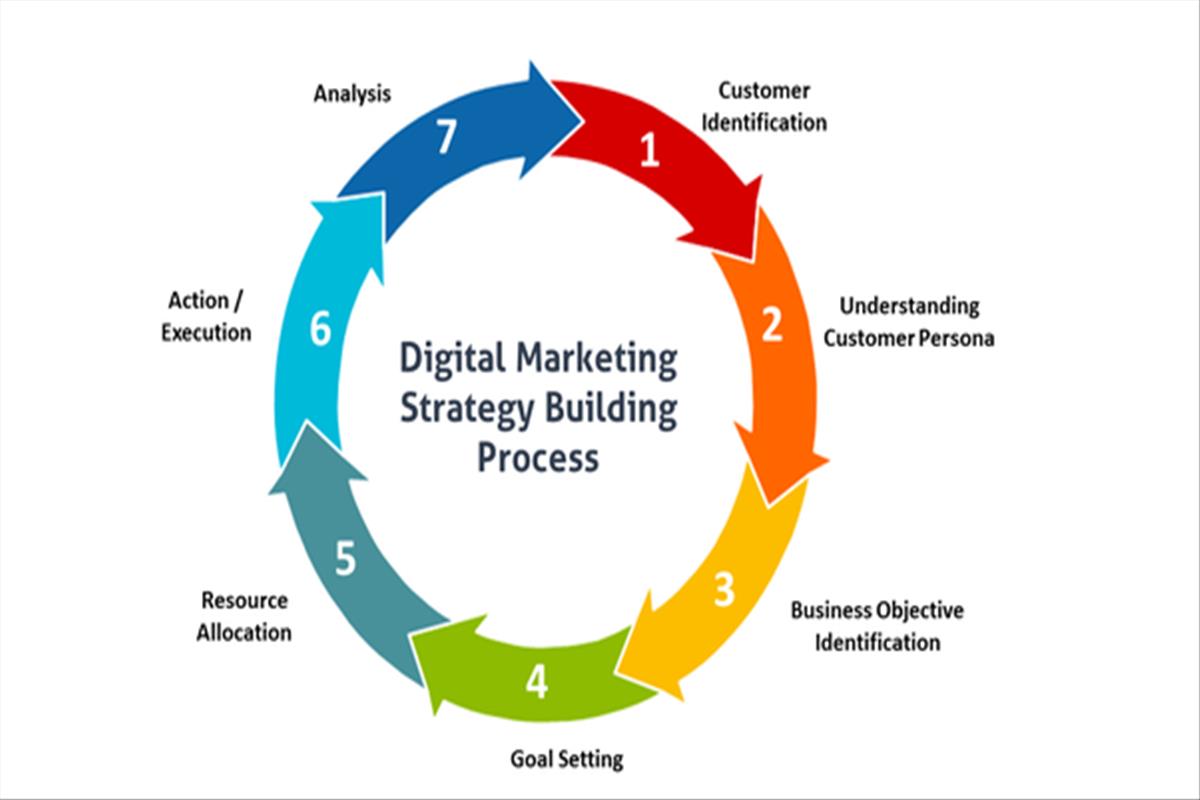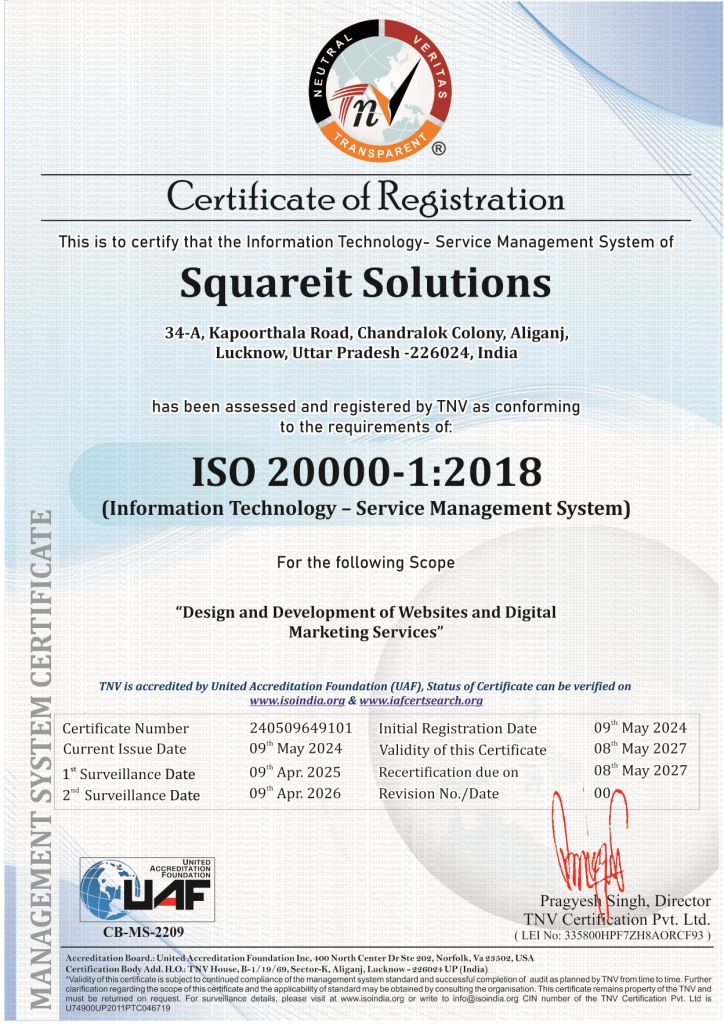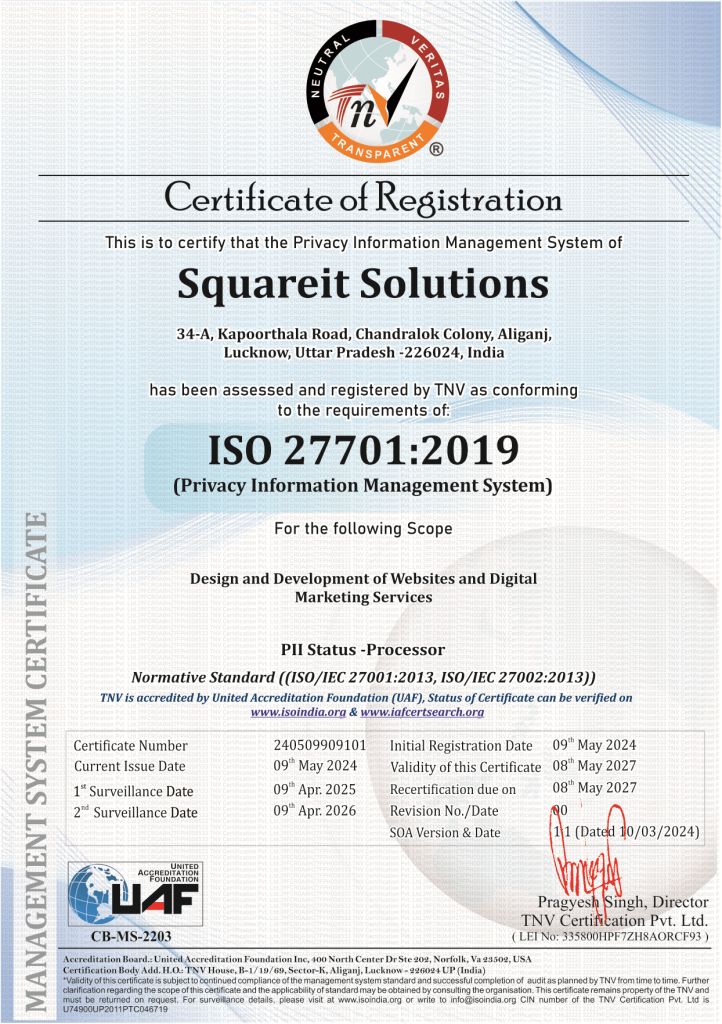In an era where consumer expectations are evolving at an unprecedented rate, businesses face the challenge of staying relevant while being socially responsible.
This shift necessitates a departure from traditional marketing strategies that focus solely on products and services.
Enter the concept of Marketing Myopia, a term introduced by Theodore Levitt in the 1960s, which highlights the pitfalls of a narrow business perspective.
As we delve into what is marketing myopia in marketing management, we'll explore how integrating social responsibility can help businesses overcome this myopia and thrive in today's dynamic market.
What is Marketing Myopia in Marketing Management?
Marketing Myopia in marketing management refers to a short-sighted and inward-looking approach where businesses focus excessively on their products rather than on the evolving needs and desires of their customers.
This Marketing myopic view can lead to missed opportunities and, ultimately, business decline. Levitt argued that companies should prioritize customer needs and market trends over their own products to ensure long-term success.
The Concept of Marketing Myopia
The concept of marketing myopia centers on the idea that businesses often become too focused on their products' features and benefits, neglecting the broader perspective of consumer needs and market changes.
This narrow focus can result in a failure to innovate and adapt, leaving companies vulnerable to competitors who better understand and address customer demands.
Causes of Marketing Myopia
Understanding the causes of marketing myopia is crucial for businesses aiming to avoid its pitfalls. Common causes include:
- Product Orientation: Companies overly focused on perfecting their products rather than understanding what customers truly want.
- Complacency: Success can breed complacency, leading businesses to believe that their current products will always meet market needs.
- Lack of Market Research: Insufficient attention to market research and consumer feedback can result in a disconnect between a company's offerings and customer desires.
- Internal Focus: A culture that prioritizes internal goals and metrics over customer satisfaction can perpetuate marketing myopia.
Examples of Marketing Myopia
Several historical examples of marketing myopia illustrate the consequences of this narrow perspective:
Kodak
Despite pioneering digital photography, Kodak clung to its film business for too long, failing to adapt to the digital revolution, which eventually led to its decline.
Blockbuster
Ignoring the shift towards digital streaming and on-demand services, Blockbuster's failure to innovate allowed Netflix to dominate the market.
Nokia
Once a leader in mobile phones, Nokia's inability to foresee the importance of smartphones and software ecosystems resulted in a significant market share loss to Apple and Android devices.
Evolution of Consumer Expectations
In today's digital age, consumer expectations are rapidly changing. The internet and social media have amplified consumer voices, demanding greater transparency and ethical practices from businesses. Consumers now prioritize companies that align with their values, emphasizing the importance of corporate social responsibility (CSR).
The Rise of Social Responsibility
The rise of social responsibility in business is a response to these changing consumer expectations.
CSR involves companies taking accountability for their impact on society and the environment, integrating ethical practices into their operations. This shift is driven by several factors:
- Environmental Concerns: Increasing awareness of environmental issues has led consumers to support eco-friendly and sustainable businesses.
- Social Justice Movements: Growing advocacy for social justice has pushed companies to address issues like diversity, equity, and inclusion.
- Ethical Consumerism: Consumers are more informed and selective, choosing to support brands that demonstrate ethical behavior and social responsibility.
Integrating Social Responsibility into Marketing Strategies
To avoid marketing myopia in marketing management, businesses must integrate social responsibility into their marketing strategies. This involves:
- Strategic Alignment: Ensuring that CSR initiatives align with the company's core values and business goals.
- Authenticity: Being genuine in CSR efforts, as consumers can easily detect insincerity.
- Communication: Effectively communicating CSR initiatives to consumers, highlighting the positive impact on society and the environment.
- Engagement: Involving customers and stakeholders in CSR activities to foster a sense of community and shared purpose.
Benefits of CSR
Adopting CSR offers several benefits:
- Brand Loyalty: Consumers are more likely to remain loyal to brands that demonstrate social responsibility.
- Competitive Advantage: CSR can differentiate a company from its competitors, attracting socially conscious consumers.
- Sustainability: Ethical practices ensure long-term sustainability by addressing social and environmental concerns.
Challenges and Solutions of CSR
While integrating CSR can be challenging, these obstacles can be overcome:
- Resource Constraints: Small businesses may struggle with resources, but starting with small, impactful initiatives can make a difference.
- Measuring Impact: Quantifying the impact of CSR can be difficult, but setting clear goals and using metrics can help.
- Stakeholder Buy-in: Gaining support from all stakeholders is crucial. Clear communication of the benefits and aligning CSR with business objectives can facilitate this.
The Impact of Social Responsibility on Marketing Myopia
Focusing on social responsibility helps businesses avoid marketing myopia by keeping consumer needs and societal trends at the forefront.
It encourages innovation, adaptability, and a long-term vision. By prioritizing CSR, companies can ensure they remain relevant and resilient in a rapidly changing market.
Future Trends
Looking ahead, several trends will shape the future of CSR:
- Sustainability Initiatives: Companies will increasingly adopt sustainable practices, reducing their environmental footprint.
- Consumer-Driven Change: Empowered consumers will continue to drive demand for ethical and socially responsible businesses.
- Technological Advancements: Innovations in technology will aid in implementing and promoting CSR initiatives, enhancing transparency and efficiency.
Conclusion
In conclusion, overcoming marketing myopia by embracing social responsibility is essential for businesses to thrive in today's market. By understanding what is marketing myopia in marketing management and addressing its causes, companies can avoid its pitfalls.
Integrating CSR into marketing strategies not only meets consumer expectations but also offers numerous benefits, including brand loyalty, competitive advantage, and long-term sustainability.
As we move forward, businesses must continue to prioritize social responsibility, ensuring they remain relevant, innovative, and aligned with the values of their consumers.







